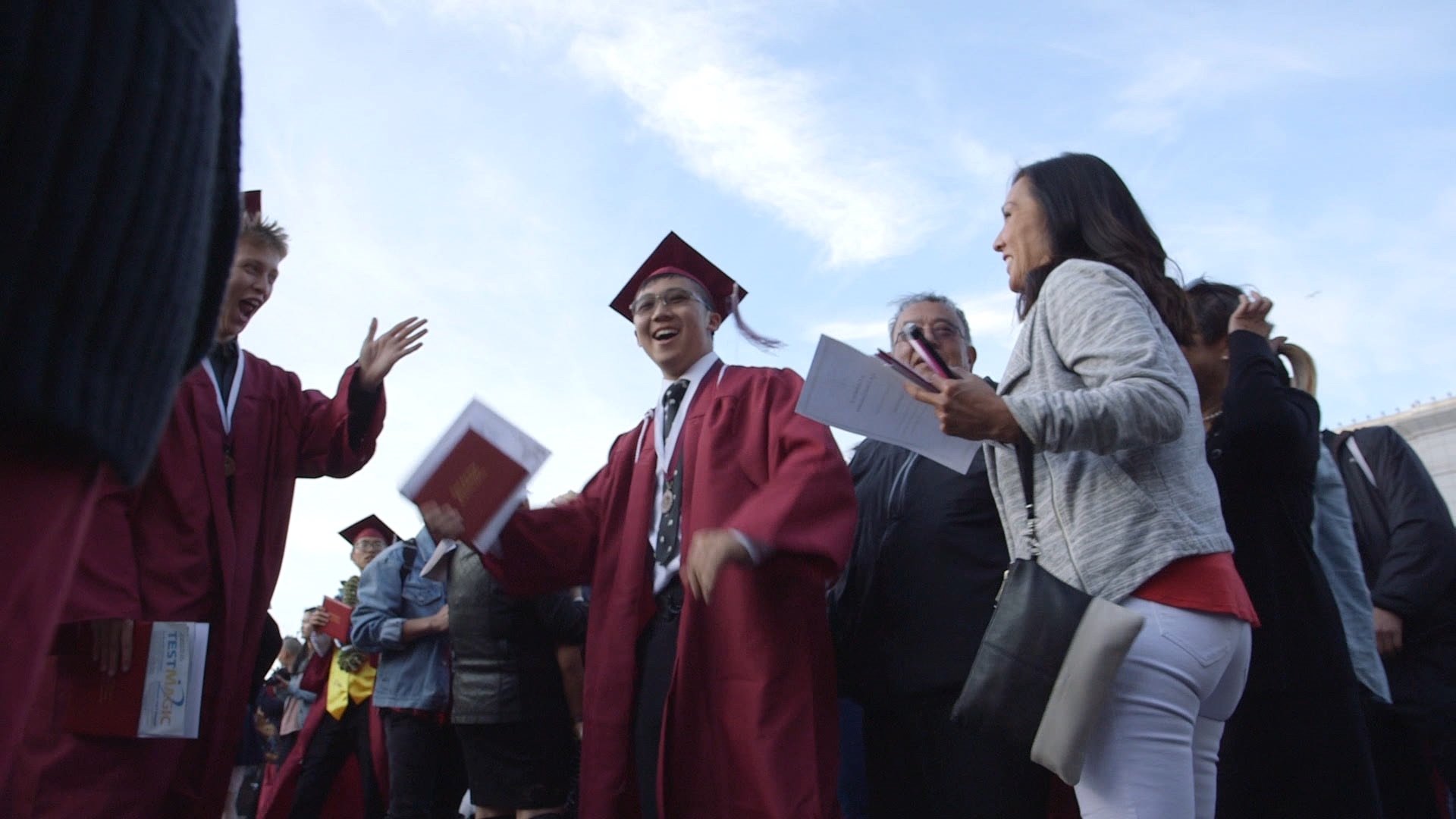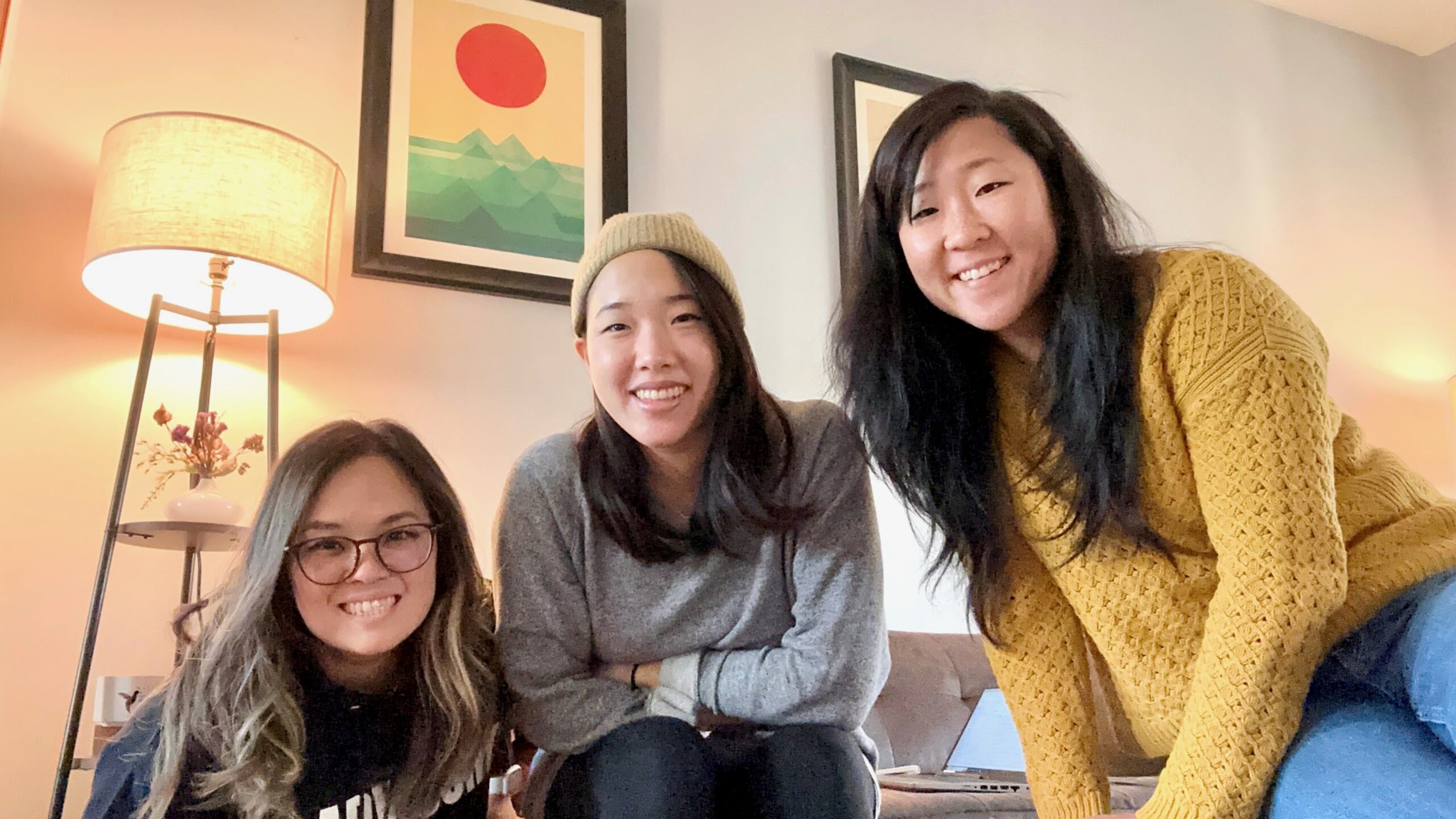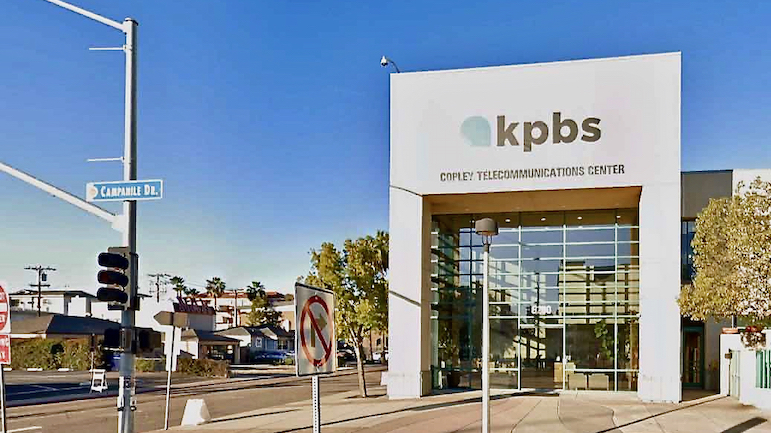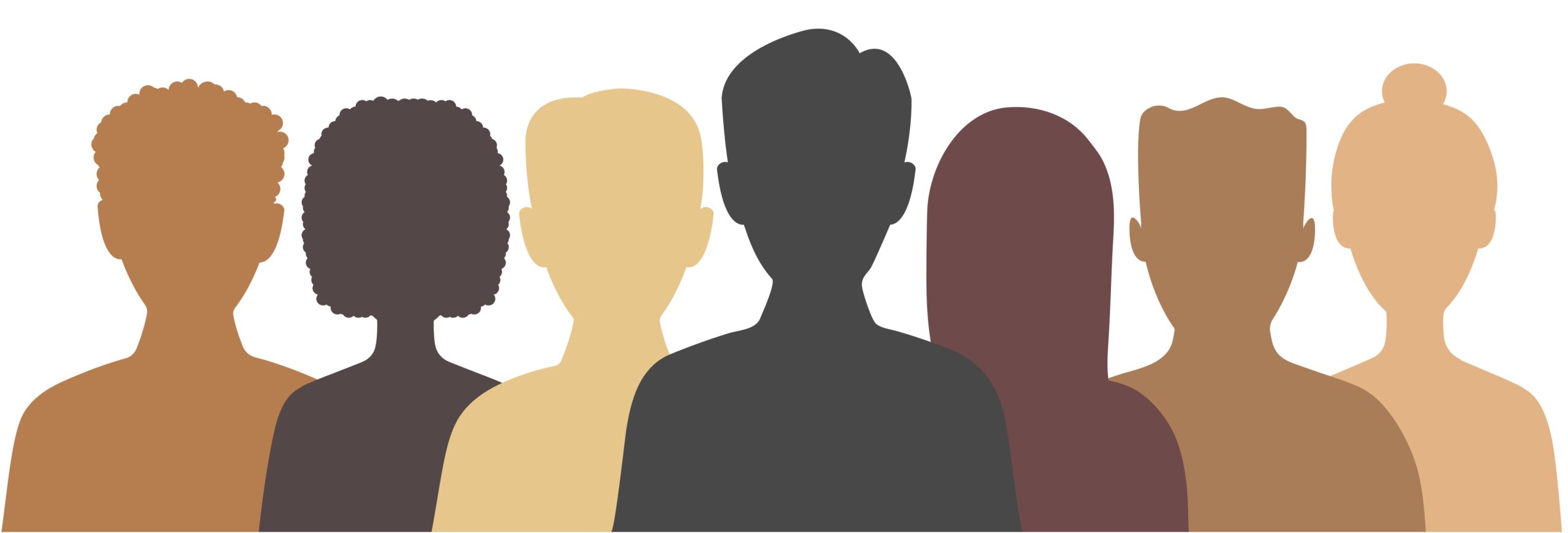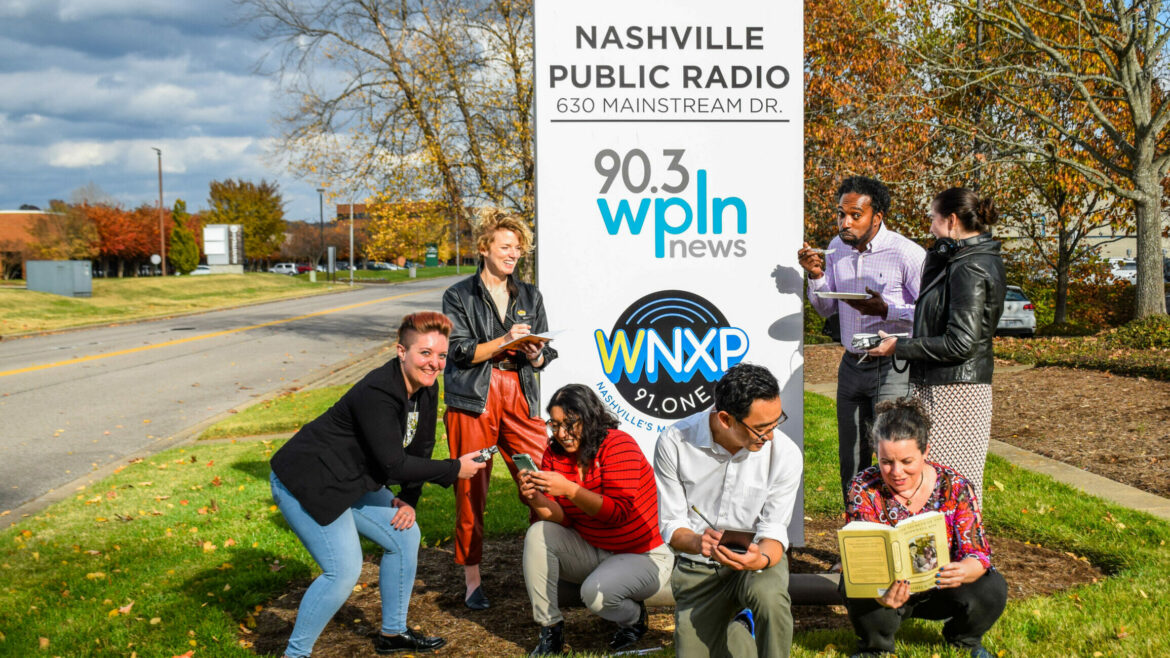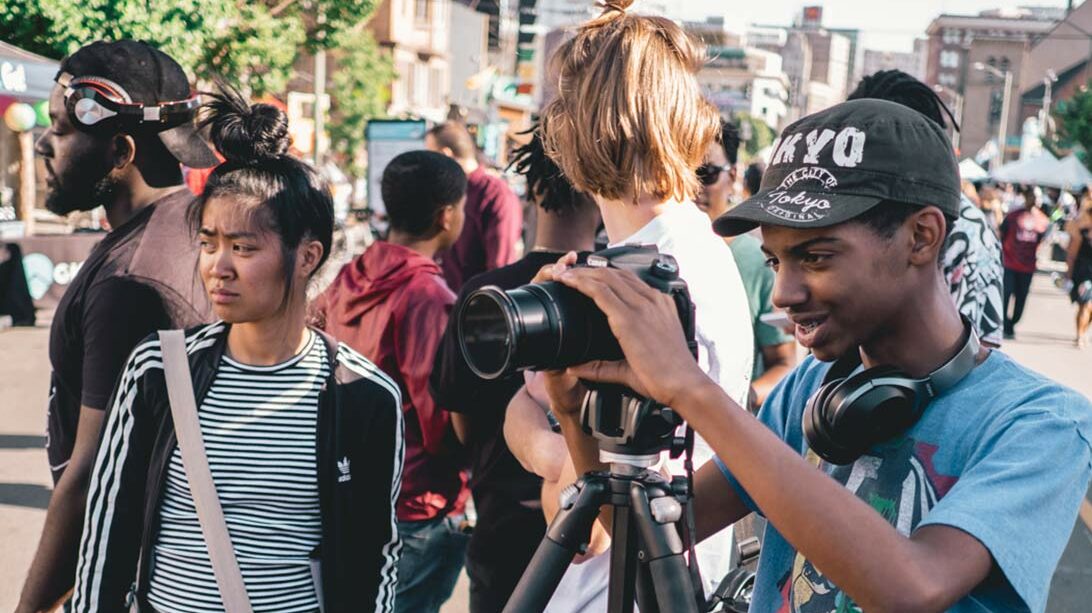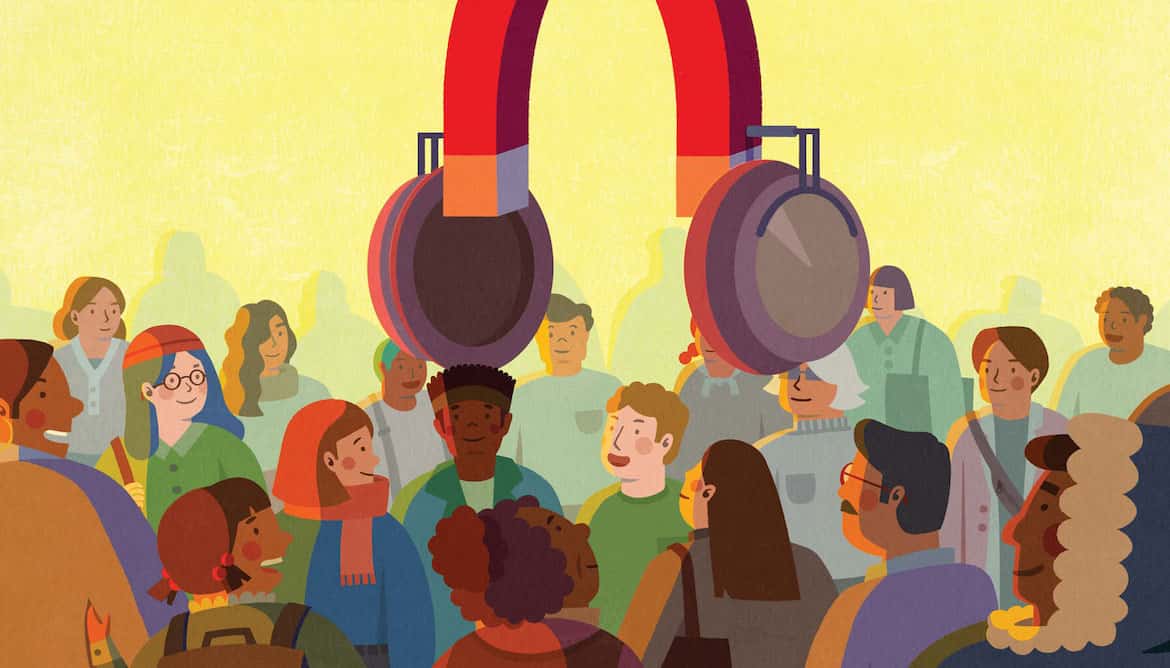Diversity, equity and inclusion in public media

Serving the American public in all of its diversity is an important part of the mission of public media articulated in the Public Broadcasting Act of 1967. But the overwhelming consensus now is that the system has failed to live its values, that structural racism plagues our institutions and that diversity, equity and inclusion of people of color in leadership roles and in our audiences must be our top priority. How must public media change in order to look and sound more like the America we are supposed to reflect and serve? Read Current’s ongoing coverage and commentaries on the imperative of inclusion.

Serving the American public in all of its diversity is an important part of the mission of public media articulated in the Public Broadcasting Act of 1967. But the overwhelming consensus now is that the system has failed to live its values, that structural racism plagues our institutions and that diversity, equity and inclusion of people of color in leadership roles and in our audiences must be our top priority. How must public media change in order to look and sound more like the America we are supposed to reflect and serve? Read Current’s ongoing coverage and commentaries on the imperative of inclusion.
PBS report shows increase in diversity among prime-time programs
The fiscal year 2022 report is the second annual study from PBS highlighting its efforts to increase diversity, equity and inclusion.Having equitable impact means overcoming the barriers we keep in place
Good or even great work is not always equitable work. We often simply don’t reach children of color because we establish or ...WBEZ blends entertainment and identity with ‘Shoes Off: A Sexy Asians Podcast’
The show celebrates what it calls “badass Asians who are making a mark on pop culture.”Survey finds noncommercial radio stations outpace commercial counterparts in newsroom diversity
This year's RTDNA/Newhouse School at Syracuse University Survey survey found that 63.9% of noncommercial radio newsrooms surveyed had staffers of color.Got a plan to engage Latino audiences? Test your big ideas against this checklist before ...
The costs of bad Latina/o/e/x outreach can be fatal for your organization’s strategy, writes Ernesto Aguilar.How to fix the unconscious biases in your newsroom’s pitch process
"Our handling of story ideas can have built-in defenses against the biases that all of us bring to work every day."KPBS will participate in American Press Institute program to reach diverse communities
KPBS is one of five newsrooms that will “test new strategies to build relationships with underserved communities."How tracking source diversity is changing coverage at NPR and MPR
“I think that the only way we do better is if we have accountability," said Pallavi Gogoi, head of NPR's business desk.CPB data shows decline in pubmedia workforce, small increases in staff diversity
Representation of Hispanics and African Americans grew in leadership ranks, while the percentage of such roles held by Asians and Pacific Islanders ...How public media can make good on its commitment to diversity
The seminal research initiative Audience 88 shaped programming for more than 30 years. It’s time for a new vision.Expansion of Nashville Public Radio prioritizes staff diversity with goals to better serve growing city
With launch of “This is Nashville,” WPLN aims to deliver coverage that’s “driven by the community, for the community.”Diversify or die out: Five steps for creating a newsroom that reflects America
Changing the storytellers is the only way to help reverse the news media’s unconscionable pattern of racial inequity, says YR Media ...DEI leaders share best practices on strengthening your organization’s diversity efforts
Our webinar featured Whitney Maddox, NPR's DEI manager, and Kim Salvaggio, chief DEI officer at Rocky Mountain Public Media.Inaugural PBS diversity report highlights BIPOC contributions to programming
The network said that in fiscal year 2021, 51% of its nationally programmed prime-time schedule “included diverse on-screen talent; was produced, written ...To serve diverse audiences, you can’t walk the walk until you know where you stand
Almost every public media organization is prioritizing diversity. Yet beyond hiring, what are the next steps for content strategy?


